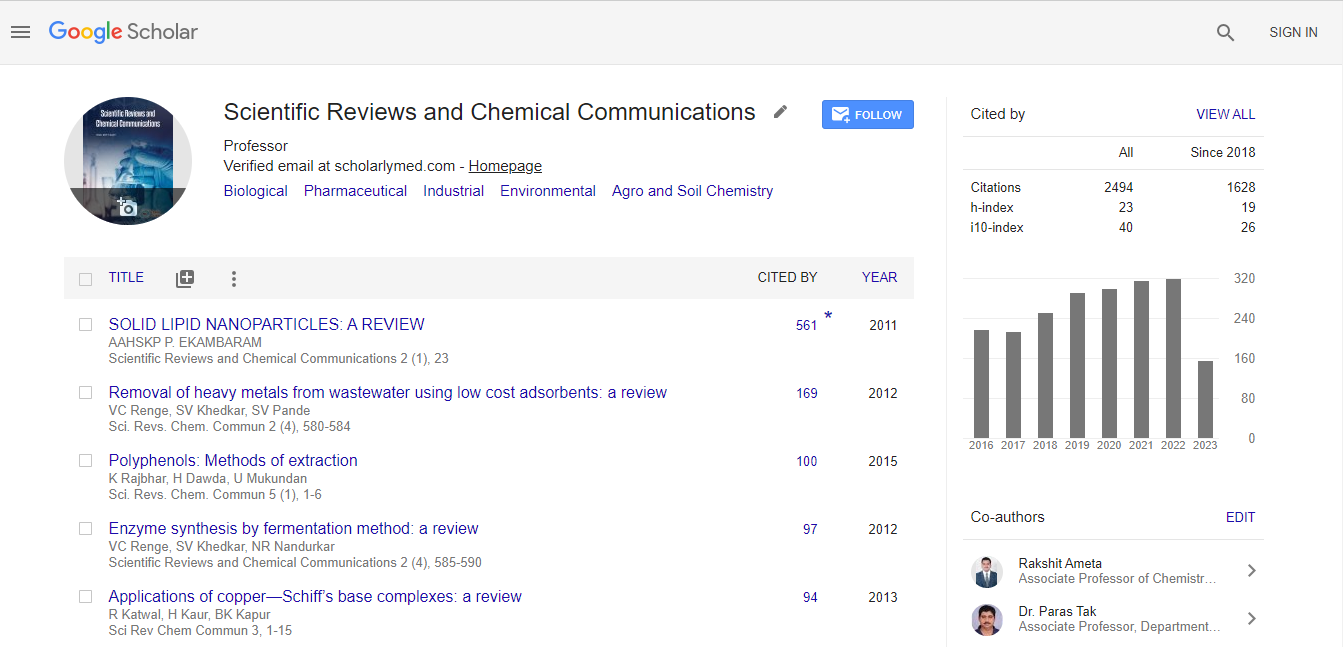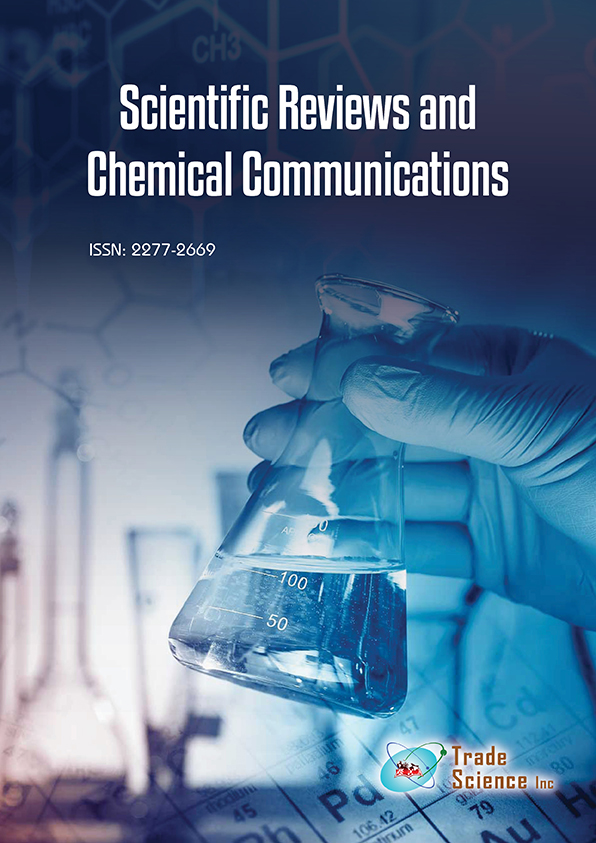Abstract
Photocatalytic Degradation of Indigo Carmine Dye Solution and its Effect on Growth and Biochemical Parameters of Allium Cepa (Onion)
Author(s): Ritu Godawat, Rakshit Ameta and Seema KothariTitanium dioxide is known as an effective semiconductor for photodegradation of dyes in aqueous solution using visible light. Natural sunlight was used to photodegrade Indigo carmine dye solution. This solution was used for growth of onion bulbs. Comparisons between untreated and treated dye solutions were made on the basis of certain growth and biochemical parameters in Allium cepa (onion). An overall increase in growth and biochemical parameters was observed in onion bulbs grown in TiO2 treated dye solution. It has been established that irrigation of vegetables with untreated industrial waste water causes accumulation of heavy metals in plants, which are toxic and cause cessation of crop growth, affects seed germination, lowers crop yield and results in various human health problems demanding that either this practice must be dejected or must be followed with some suitable management. The crops should be irrigated with waste water only after proper treatment. Thus, photoassisted degradation of the wastewaters containing dyes using low cost semiconductor material is a promising technique to treat waste water.

